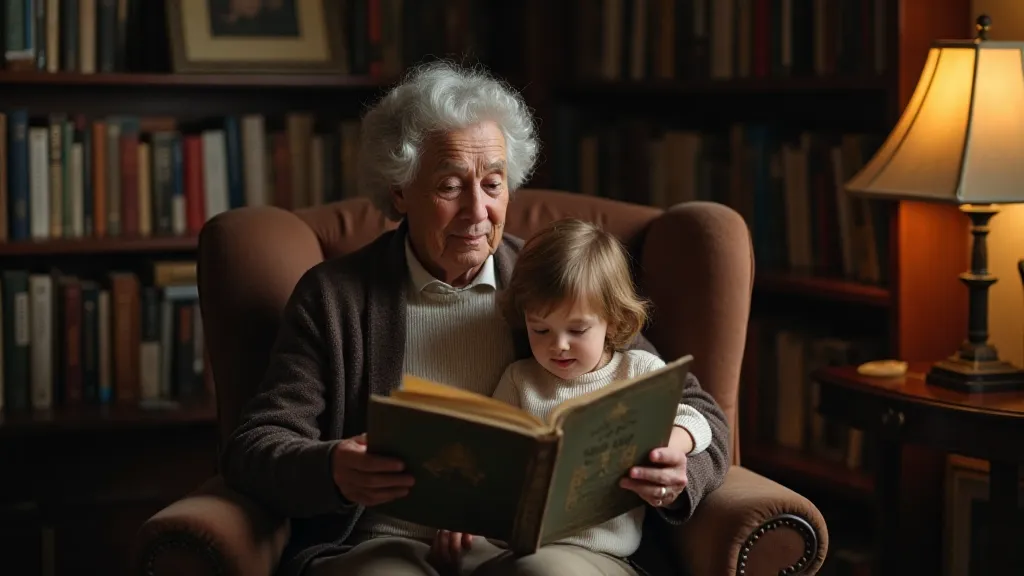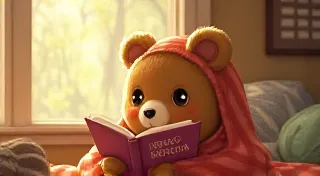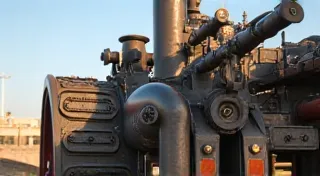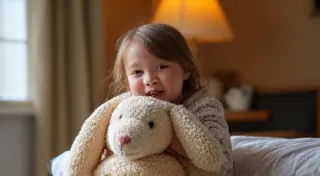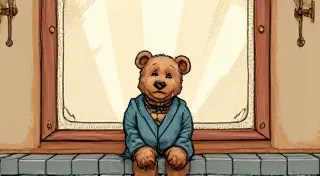The Cartographer of Dreams: Mapping the Inner Worlds of Victorian Nursery Rhymes
There’s a particular scent associated with old books. Not just the dry, papery smell of aging pages, but something deeper – the ghost of countless hands, of hushed readings by candlelight, of laughter and sighs absorbed into the very fibers of the paper. I first noticed it vividly when I inherited my grandmother’s collection of Victorian nursery rhymes. Bound in faded cloth, their illustrations delicate and worn, they seemed less like children's entertainment and more like time capsules, brimming with a melancholic beauty. They felt... weighty. This wasn’t just the physical weight of the books, but the weight of the stories they held, stories far more complex than their surface simplicity suggested.
My grandmother, a quiet woman with a twinkle in her eye, collected antique accordions as well. She’s gone now, but I remember the resonant bellows of those instruments, each one a miniature landscape of wood and brass. There's a parallel, I think, between the meticulous craft of an accordion maker and the subtle artistry of a Victorian poet. Both demanded a profound understanding of their materials, the ability to transform something seemingly mundane into a vessel of unexpected depth. The accordions, like these nursery rhymes, held secrets within their compact forms – echoes of a bygone era, carefully preserved.
Beyond ‘Twinkle, Twinkle’ and ‘Hush, Little Baby’
We often approach Victorian nursery rhymes with a modern sensibility – expecting overtly moral lessons or clearly defined narratives. What we find instead is frequently a perplexing blend of the whimsical and the unsettling. Take, for instance, “The Old Woman Who Lived in a Shoe.” The simple narrative – a mother overwhelmed by a horde of demanding children – seems straightforward enough. Yet, reading it through a Victorian lens reveals a commentary on the societal pressures placed upon women, particularly the burden of large families in an era of limited resources and societal expectations. The sheer number of children, the desperate situation of the old woman—it's a stark portrayal of poverty and the fragility of domestic stability, not a simple tale for giggling toddlers.
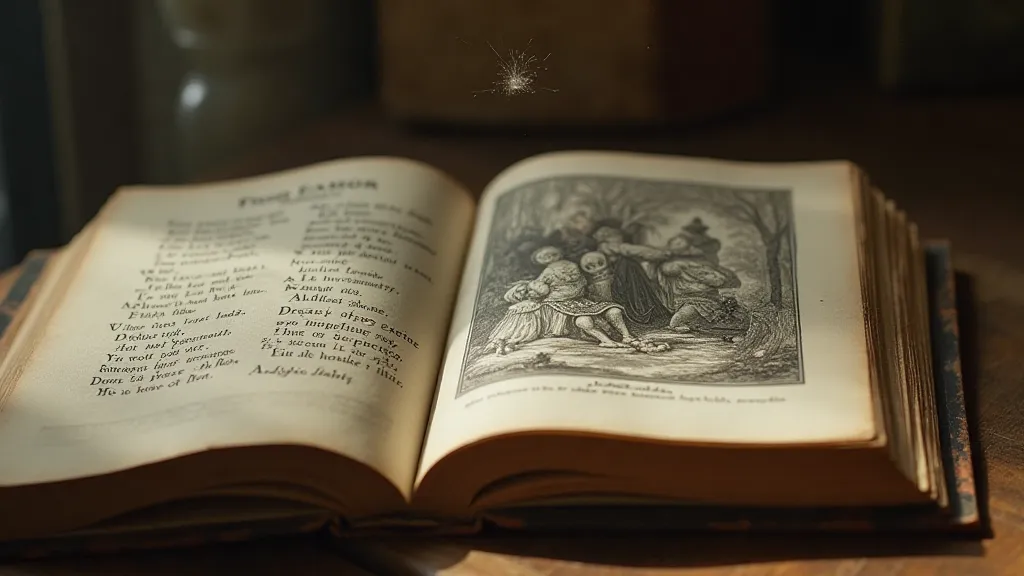
Similarly, “Little Bo-Peep” isn’t simply about a shepherdess who loses her sheep. It can be interpreted as a metaphor for the anxieties surrounding parental loss and the vulnerability of childhood. The repeated search, the ultimate return – these aren’t just about finding sheep; they speak to a deeper fear of abandonment and the eventual reassurance that order will be restored. Consider also the darker undertones of “Jack and Jill,” a seemingly innocuous rhyme about a tumbled attempt to fetch water. Was it truly an accident? Victorian anxieties about morality and consequence subtly color the story; a fall from grace, perhaps, for a youthful indiscretion.
Literary Cartography: Mapping the Inner Landscapes
I'm fascinated by the concept of “literary cartography” – the practice of mapping the landscapes described in literature. When applied to Victorian nursery rhymes, it becomes an exercise in uncovering the hidden geographies of childhood anxieties and societal norms. These weren't just poems; they were miniature maps of the Victorian psyche, charting the anxieties and aspirations of a rapidly changing world.
For example, the recurring motif of forests in many rhymes – “Little Red Riding Hood,” “Three Little Pigs,” even subtle allusions in others – represents the untamed wilderness, both external and internal. It's a place of danger, yes, but also of potential discovery and transformation. The journey through the forest mirrors the challenges of growing up, of confronting fears, and ultimately, finding one's place in the world. The seemingly random placement of details, a specific tree, a winding path, become significant landmarks in this psychological landscape.
Craftsmanship and Preservation: A Collector’s Perspective
Collecting vintage nursery rhymes isn't just about accumulating old books; it’s about connecting with a tangible piece of history. The craftsmanship involved in these early publications is remarkable. The woodcut illustrations, the meticulous typesetting, even the quality of the binding – all speak to a dedication to quality that is often lacking in modern mass production. Many were printed using letterpress, a technique that imparted a unique tactile quality to the page, a subtle embossing that you can still feel today.
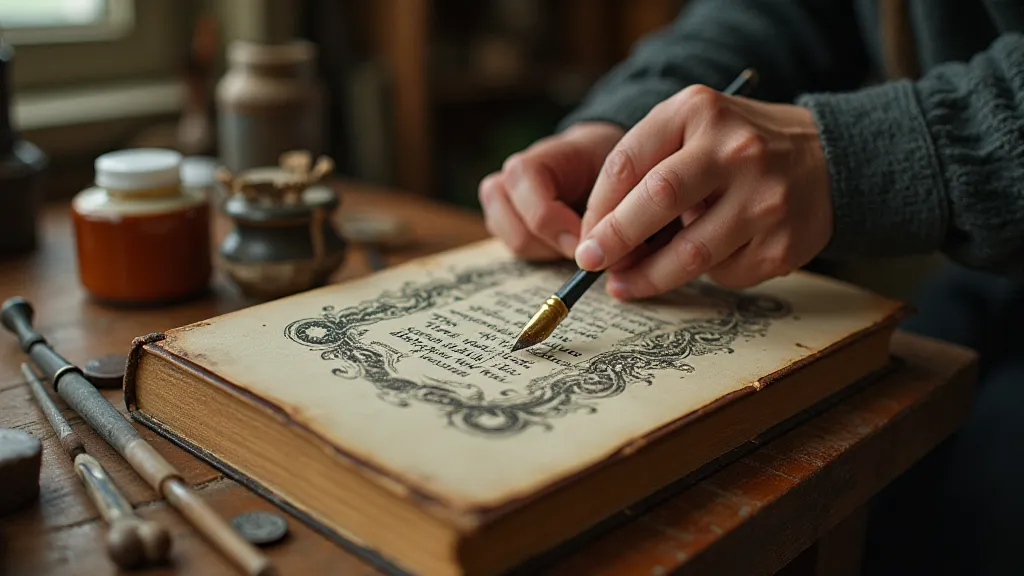
The condition of these books can vary greatly, ranging from pristine examples to heavily damaged copies. Restoration can be tricky, requiring a delicate touch and a deep understanding of bookbinding techniques. Simple cleaning, careful repair of tears, and re-gluing loose pages can significantly improve their longevity. However, attempting extensive repairs can often diminish their value and character, and should always be undertaken with caution or, ideally, by a professional. Protecting them from direct sunlight, humidity, and pests is paramount.
The Enduring Legacy of Dream Cartographers
These forgotten Victorian nursery rhymes offer a unique window into the anxieties and aspirations of a bygone era. They’re not simply children’s entertainment; they’re miniature maps of the Victorian psyche, charting the landscape of childhood fears and societal expectations. Reading them today allows us to appreciate the subtle artistry of the poets who crafted them and to reflect on the enduring power of storytelling to shape our understanding of the world.
My grandmother’s legacy lives on, not just in the accordions she treasured, but in the appreciation for the beauty and depth that can be found in unexpected places—in a faded nursery rhyme, in the resonating bellows of an old accordion, in the quiet moments of contemplation sparked by a glimpse into the past. They are reminders that even the simplest things can hold profound meaning, if we only take the time to look, to listen, and to map the landscapes of our dreams.
